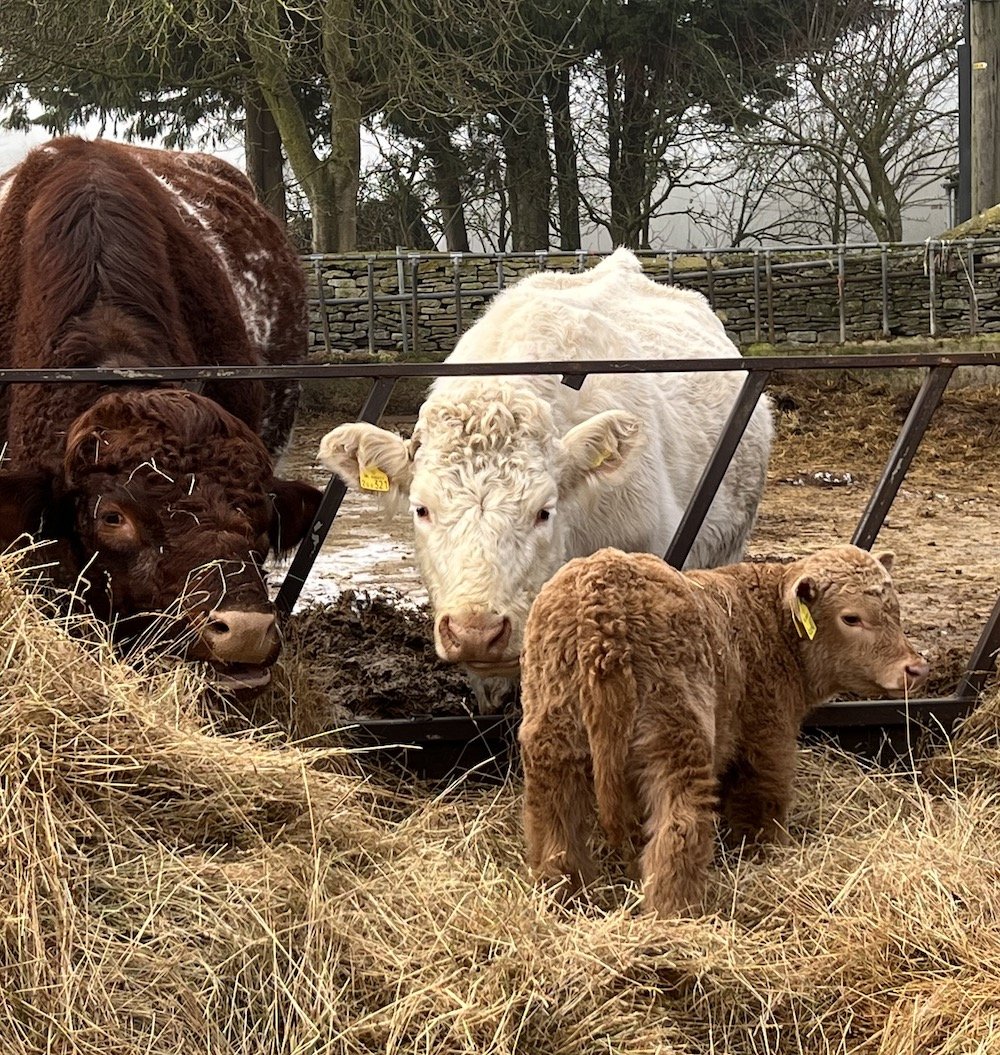
Surely Spring is just around the corner!
SEO Space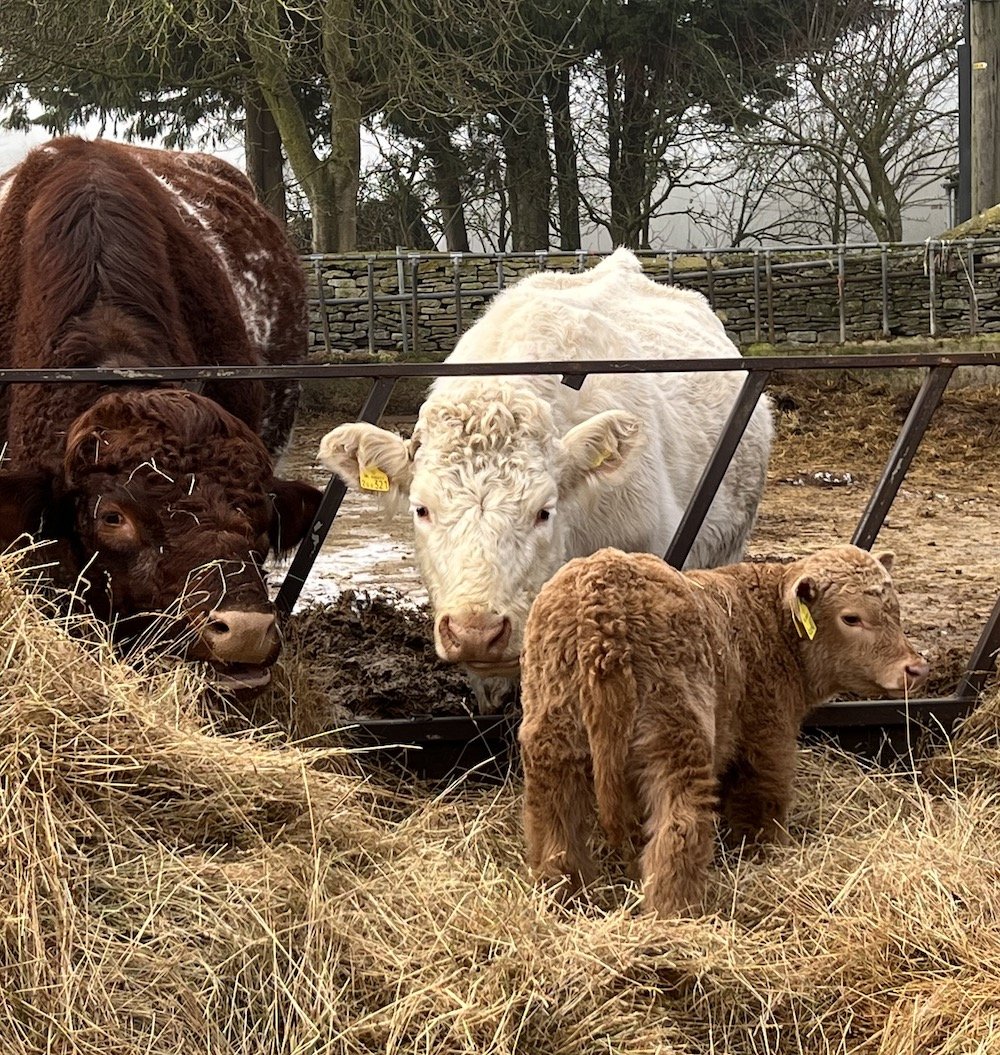
New life - a sure sign of spring!
I feel I have become a Cassandra, uttering prophecies of doom about the garden after what has been a savage winter. We seem to have a severe one every seven or eight years and this one has tested us in parts of Gloucestershire – a friend in a neighbouring village recorded -13C on one particularly frosty night and says it killed a well-established azalea. It has caught out those of us who have confidently planted olives, pittisporums and trachelospermums in our gardens – things that my mother would never have thought of over-wintering.
However, there are things to cheer us even as late snow flurries drift down. The snowdrops and hellebores have never been better. I was cheered by the planting at Calcot Manor and the drifts that shimmered under the trees at Miserden nearby.
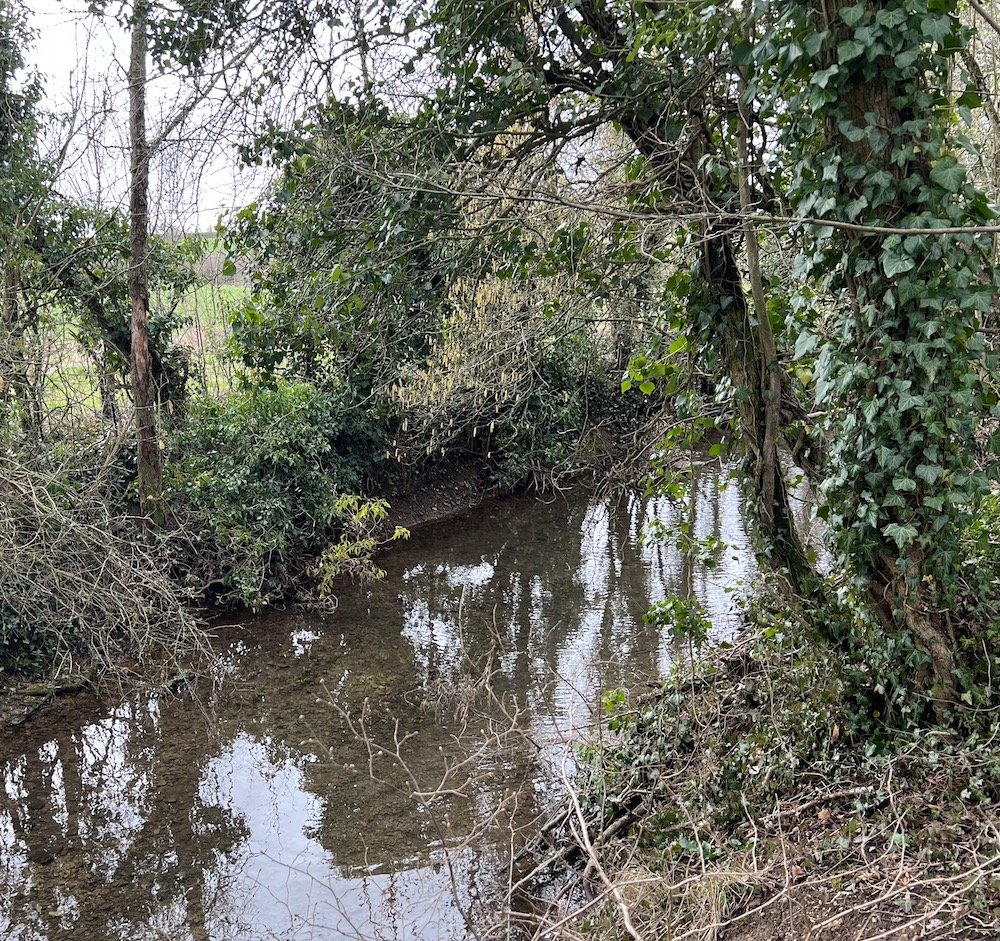
The Thames is flowing serenely between its banks
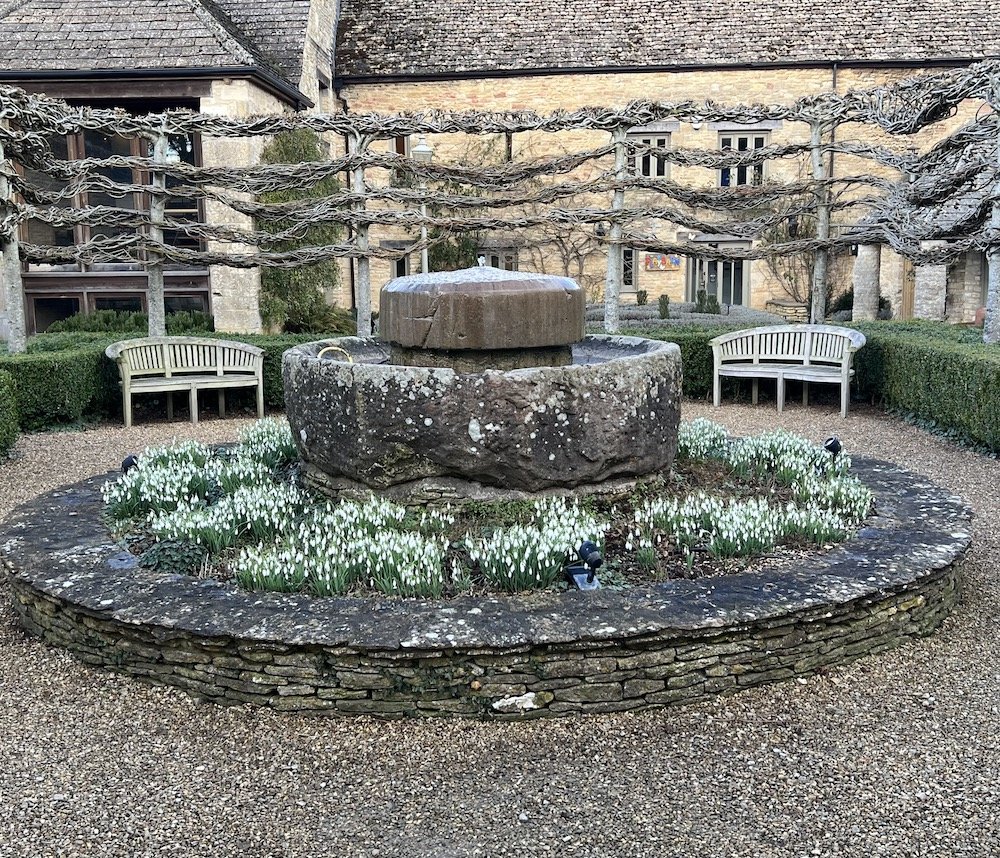
Snowdrops at Calcot
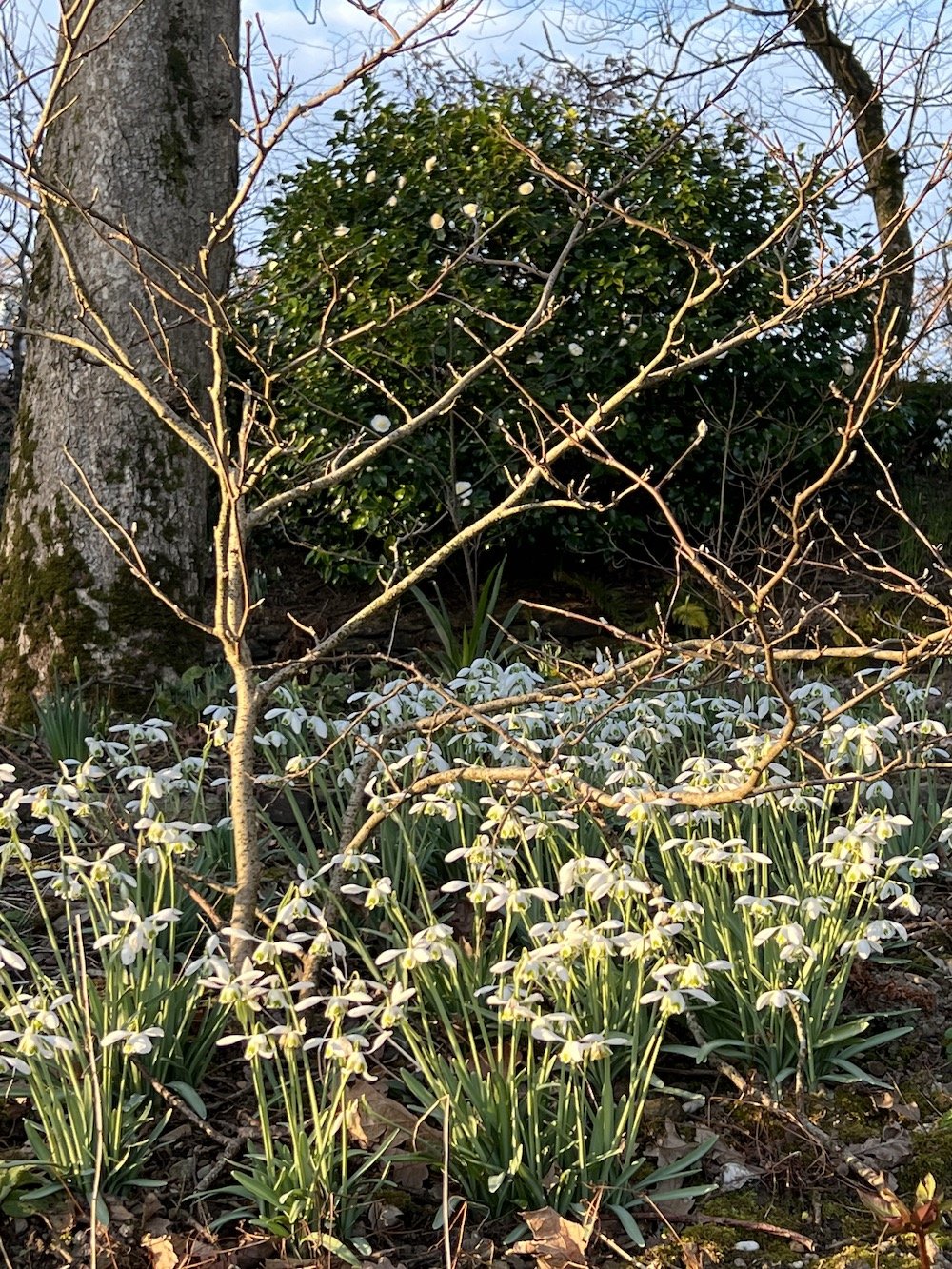
A friend’s garden in Cornwall
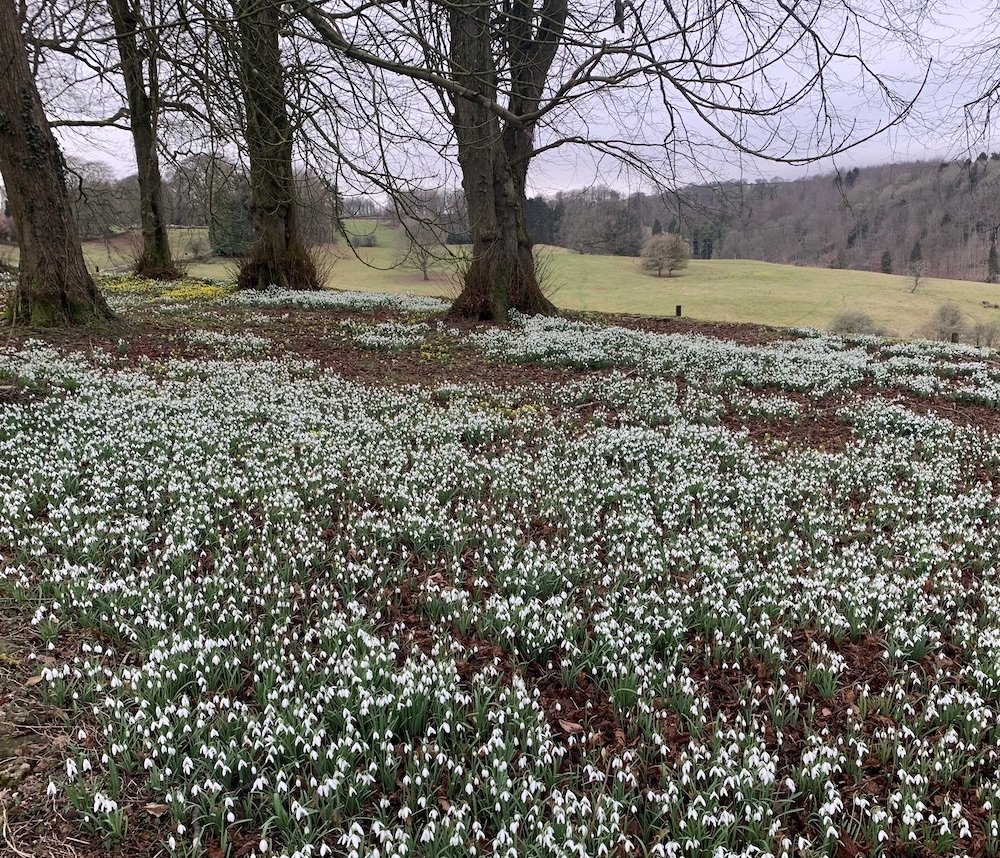
Miserden
I do love hellebores and have, over the 7 years we have been here in Gloucestershire, planted a few each year. This year they seem finally to have bulked up (I took the advice of a local nurseryman and fed them liquid seaweed in November).Thriving Hellebores (finally!)
The flowers range from the purest of whites, through lemon to a deep, dusty charcoal; most of my chosen varieties are helleborus hybridus, tough and reliable, and most have eye-catching burgundy freckles on the inner petal around the stamens. The other trusty early perennial I look out for is pulmonaria ‘Blue Ensign’ which is showing its lapis-blue flowers above hairy, deep green leaves.
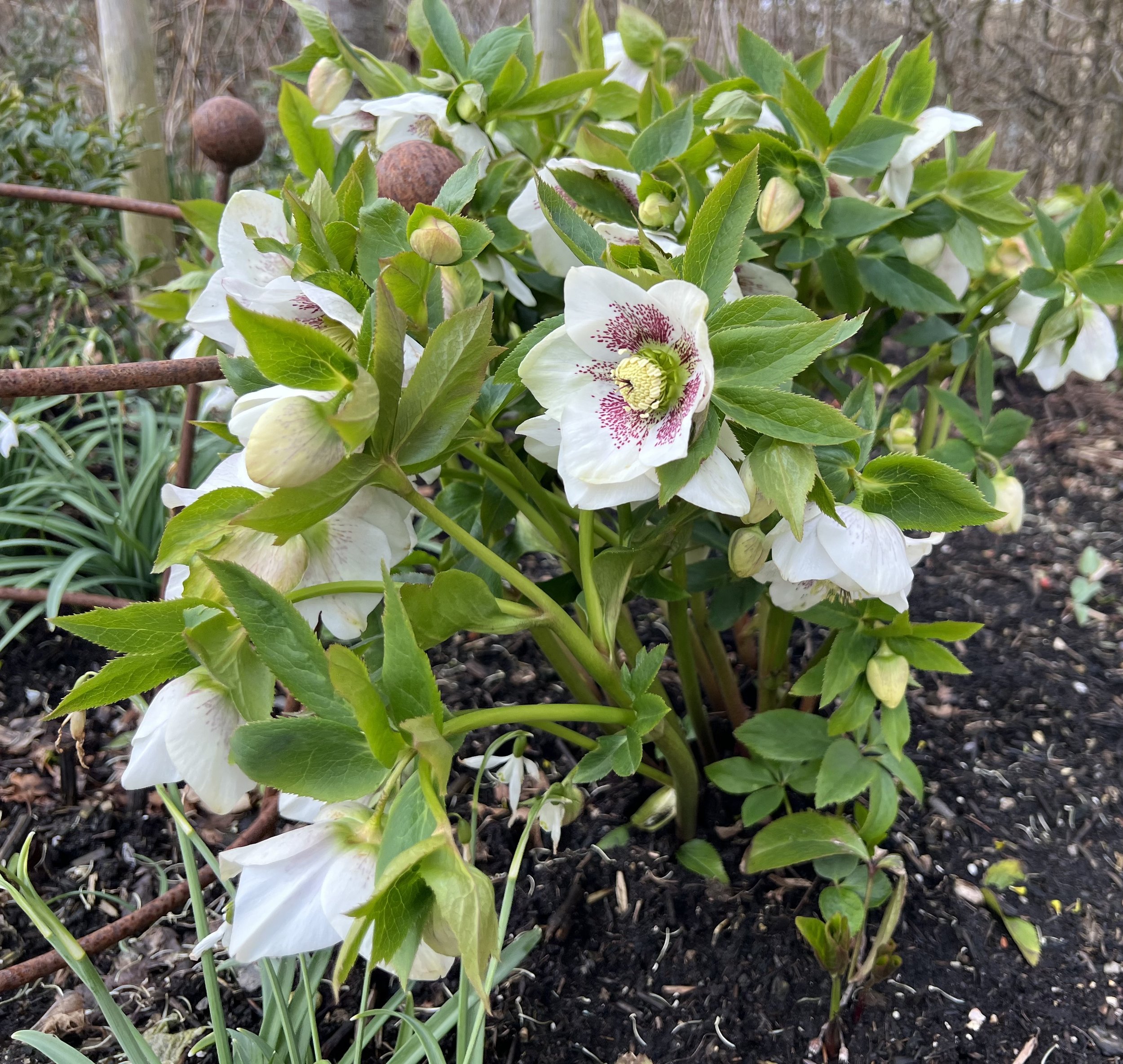
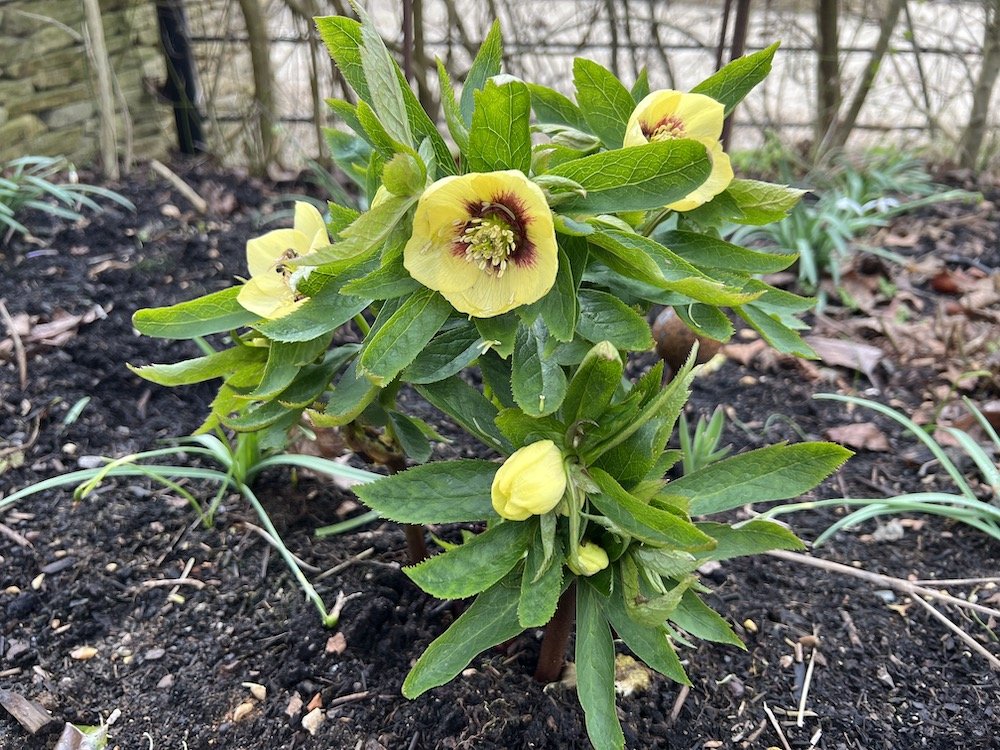
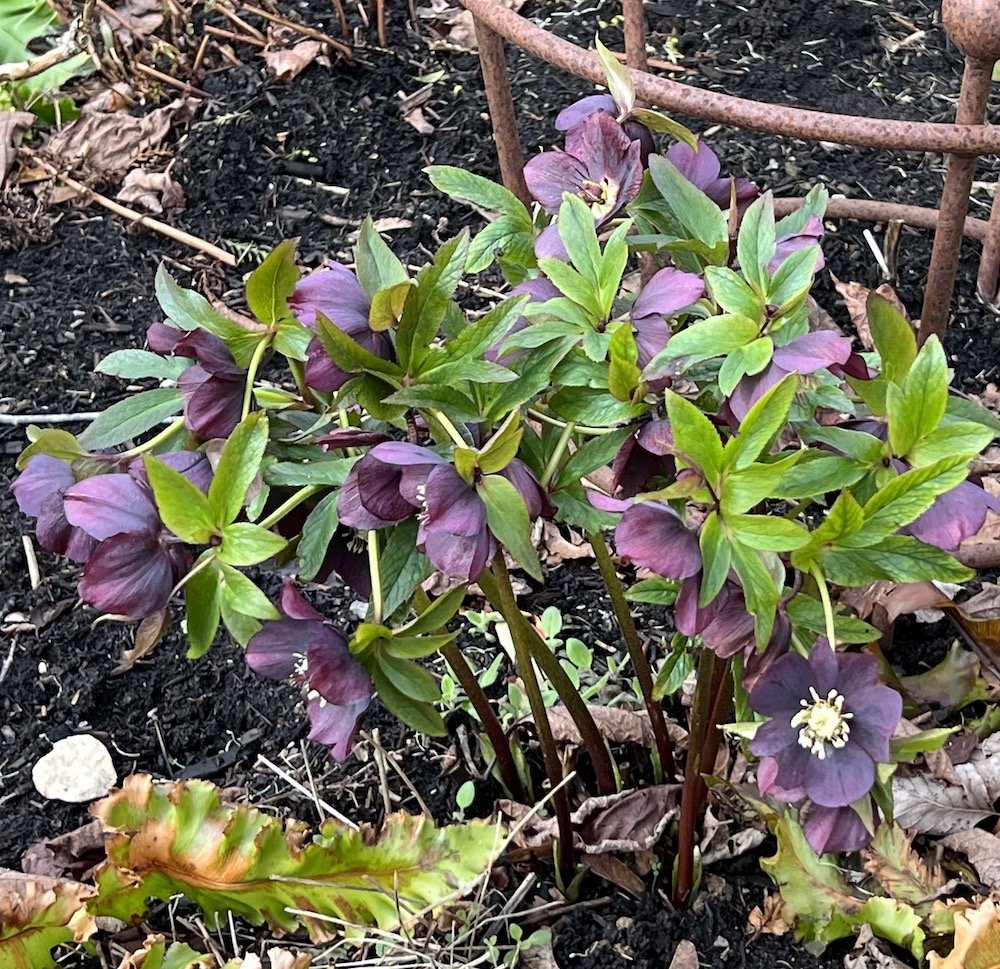
My favourite hellebores
I can see in the main border that the muscari are showing their buds (yes, I know they self-seed freely and will eventually become a nuisance but at the moment they are still in check – not much romps away in my heavy clay). My narcissus cyclamenus ‘Jenny’ are finally growing strongly (they are not the earliest of the narcissi but I think they are the prettiest) and I can just see a few red peony buds poking shyly through – it’s hard to believe that they will almost be in flower by RHS Chelsea.
Looking at this large border, I think it just needs tweaking this year. I shall add to the stand of digitalis purpurea ‘Alba’ at the back of the border – I do try to spot and weed out any plants with a pinkish tinge on the stems so that I don’t lose the lovely white cultivars to the purple ones which tend to take over if they are allowed to cross-pollinate and self-seed. In any gaps that appear, I shall plant my favourite ammi majus (for the past 3 years the seedlings have over-wintered in the courtyard gravel but I think the past winter has taken its toll there too); their airy lightness will lift the stands of iris sibirica, baptesia australis, peonies, hydrangeas and small evergreen shrubs that are the backbone of the border.
I have added a few plants to the woodland border for early spring – nowadays it is more a matter of taming the exuberant summer growth of euphorbias, nepetas and geraniums than putting more in. I like to echo the white stems of the betula jacquemontii with white so I have put in cyclamen corms over the years and now have a display of white cyclamen hederifolium in autumn followed by white (and the occasion rogue cerise) cyclamen coum in spring; their lovely rosettes of marbled leaved increase in size over the years making an attractive display.
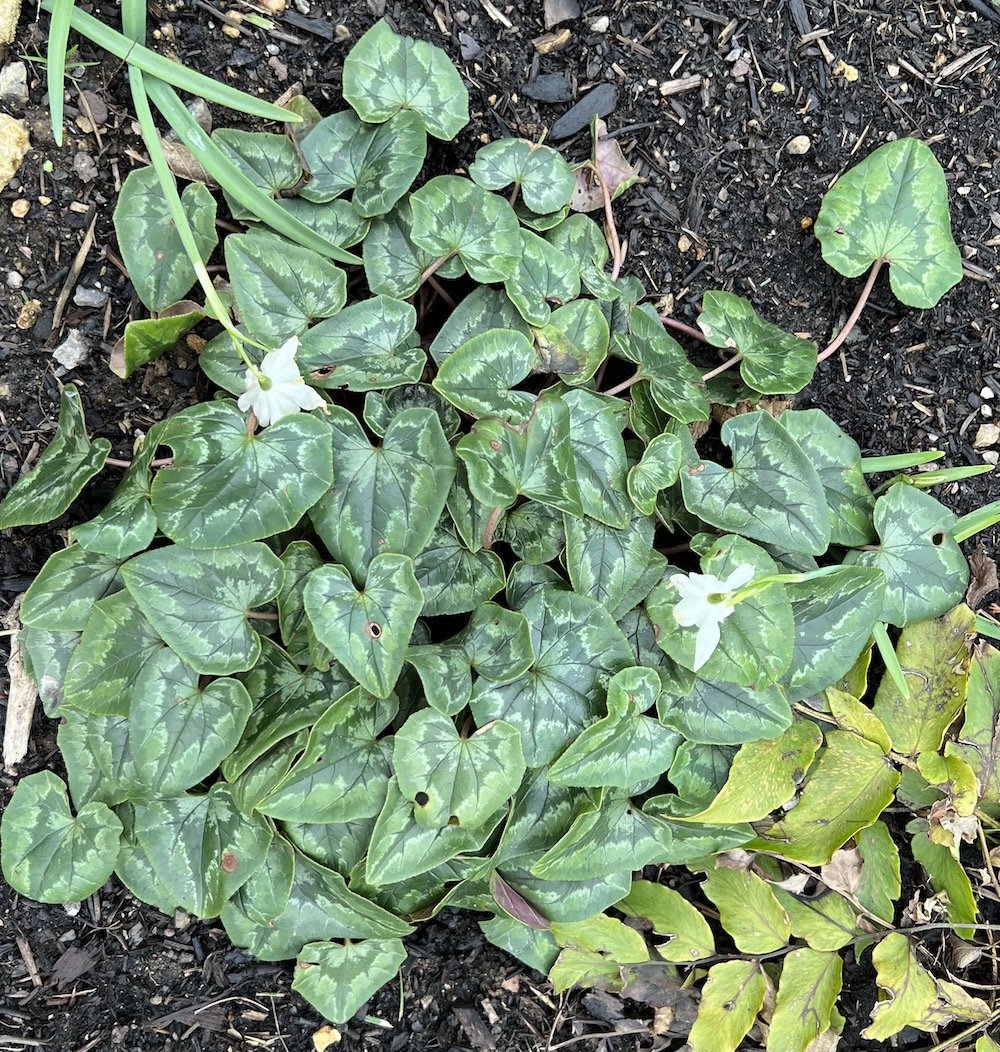
The marbled leaves of cyclamen hederifolium ‘Alba’
I have planted clumps of narcissus ‘Mount Hood’ for white flowers in late spring and used blues and pinks to punch colour into the border with pulmonarias and some double-flowered hellebores as well as the glorious cerulean Russian comfrey which does seem very comfortable on clay – I weed out what I don’t want and use it for composting. The border is also planted with cornus: alba Sibirica, ‘Midwinter Fire’ and ‘Magic Flame’ whose stems glow in these early, dark months. My snowdrops, native bluebells and wild garlic finally seem to be increasing under the long hornbeam hedges (a friend in a well-established garden warned me against growing native garlic but, so far, its spread is modest and it makes the most delicious pesto!); I love their successive hazes of colour under the acid green of the hedges as they come into leaf.This year I shall remember to make sure there is a short stake in the middle of every clump of bulbs – once they have died down it is all too easy to forget where the clump is and dig into it.
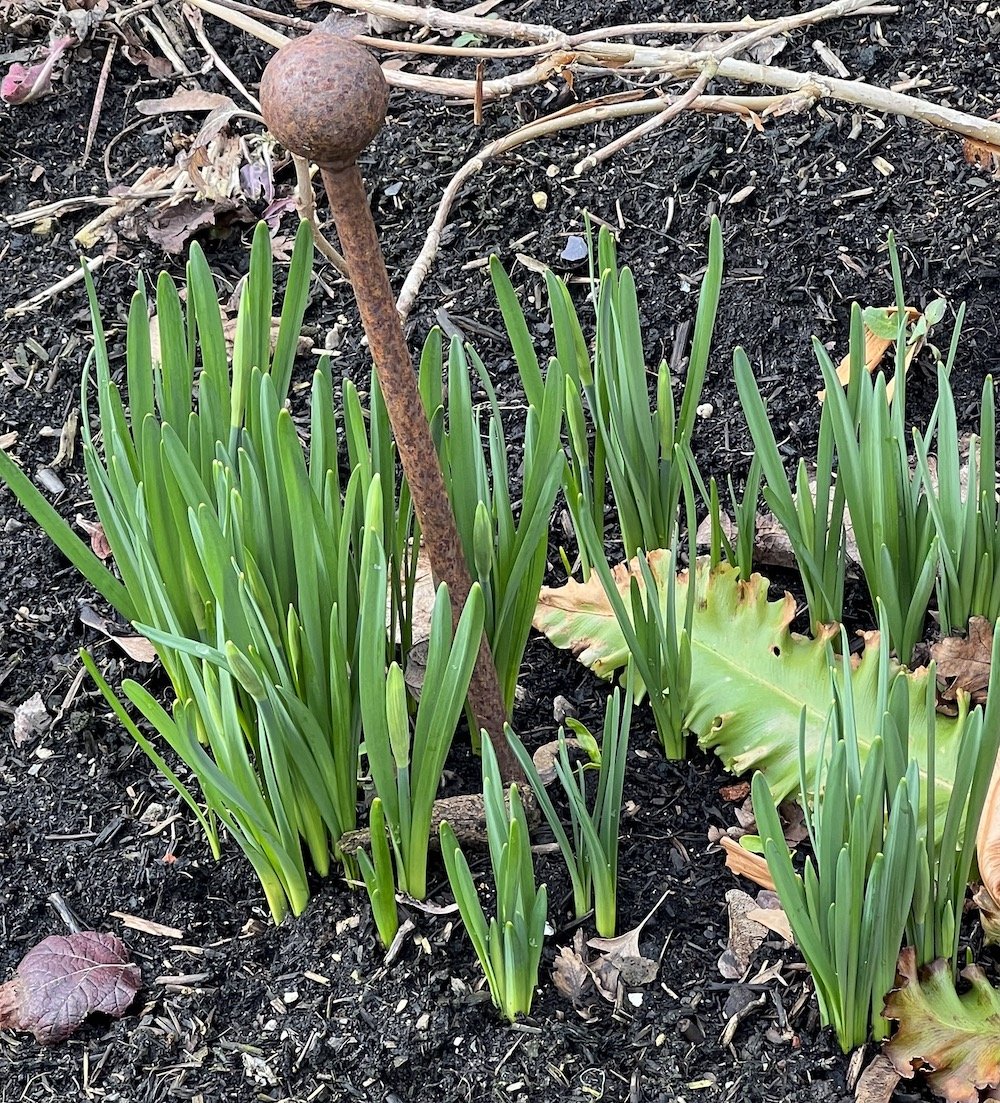
Clump with stake
I am longing to prune buddleias, to move plants around and to put in one or two shrubs but I shall heed wiser council than my own and leave well alone until I am sure that the frosts have past – waiting never hurts and plants will catch up very fast.
WE’RE BACK AT RHS CHELSEA, 23-27 MAY, ON STAND PW 202 – DO COME AND TALK TO US ABOUT YOUR GARDENING SUCCESSES … AND FAILURES!
